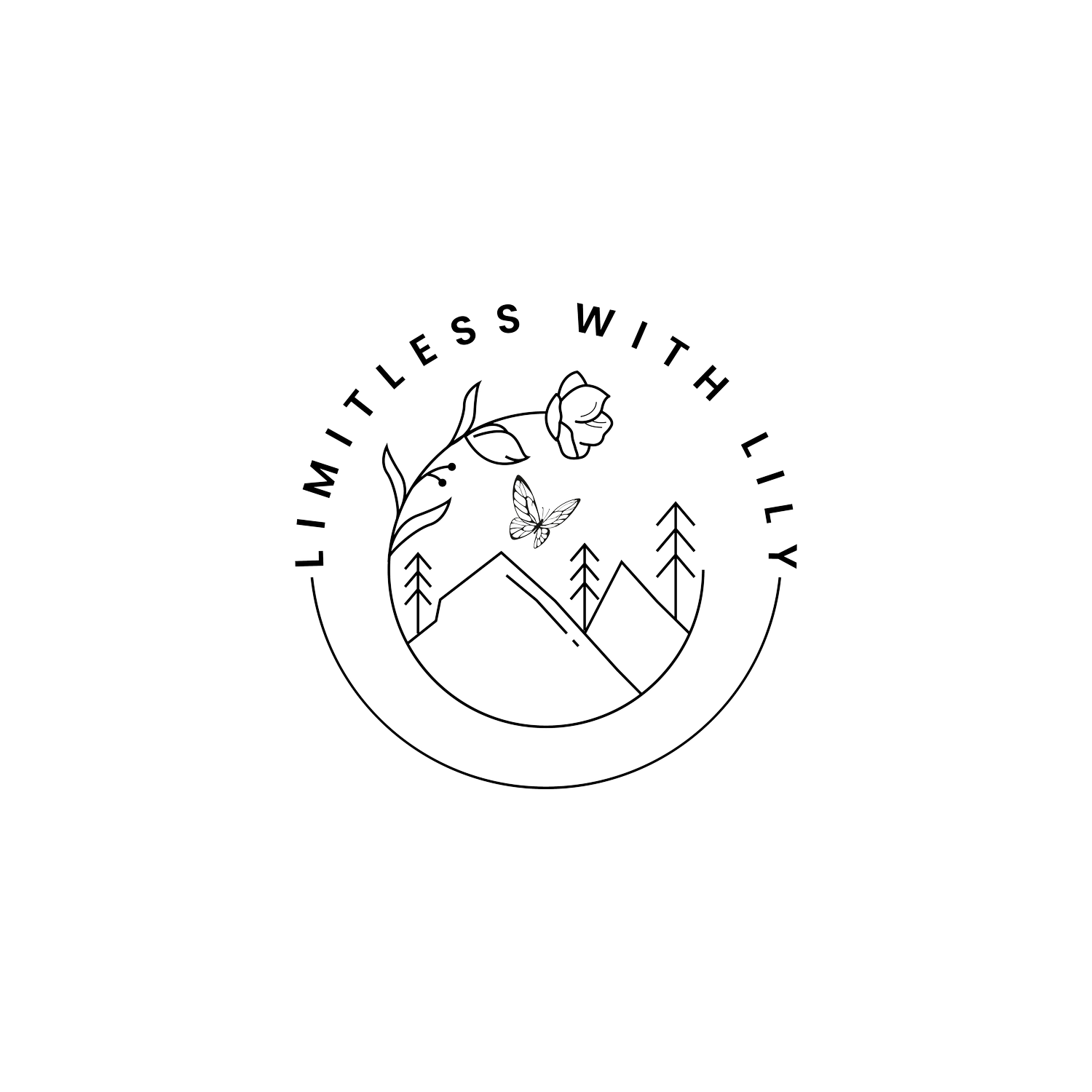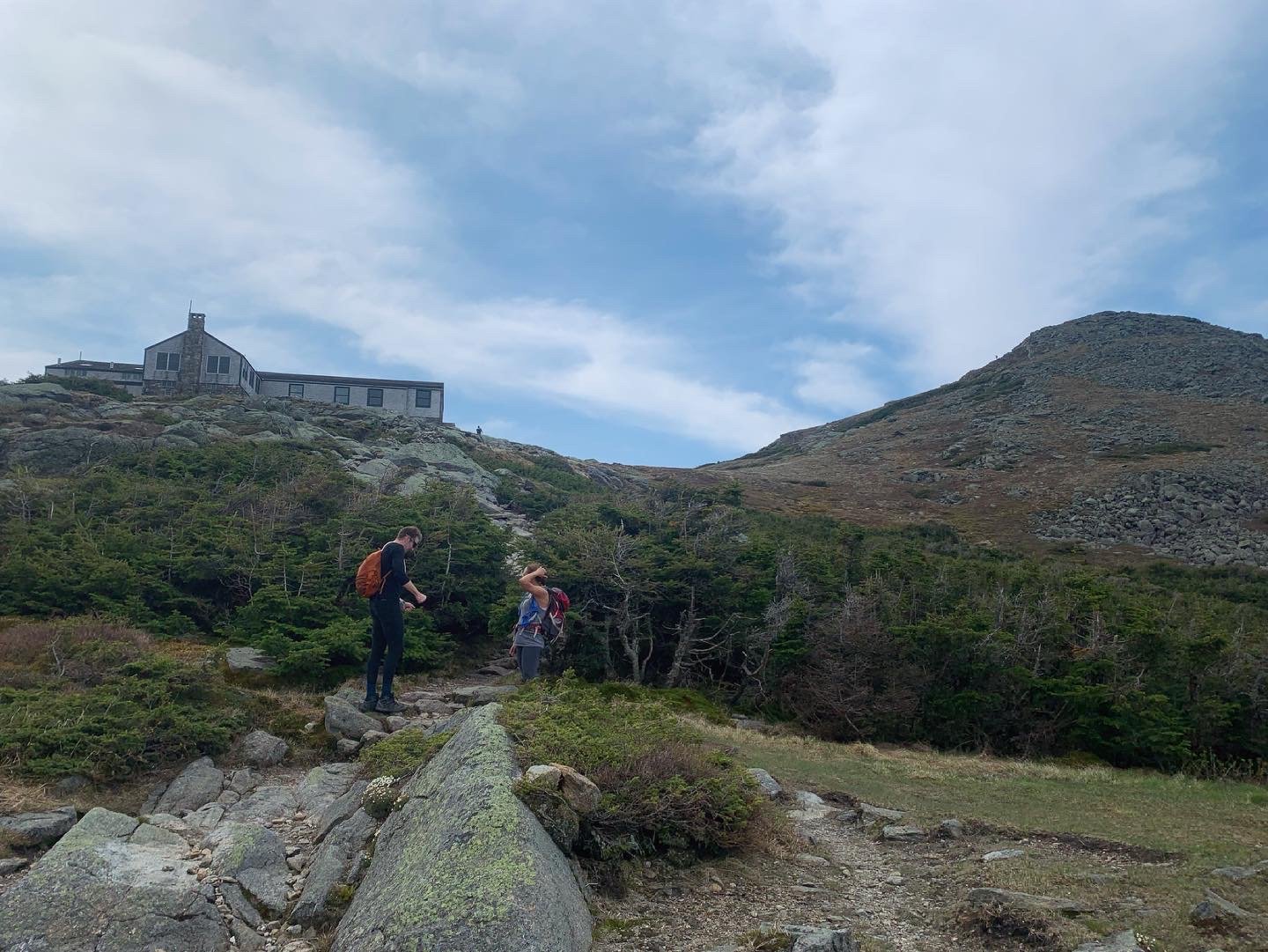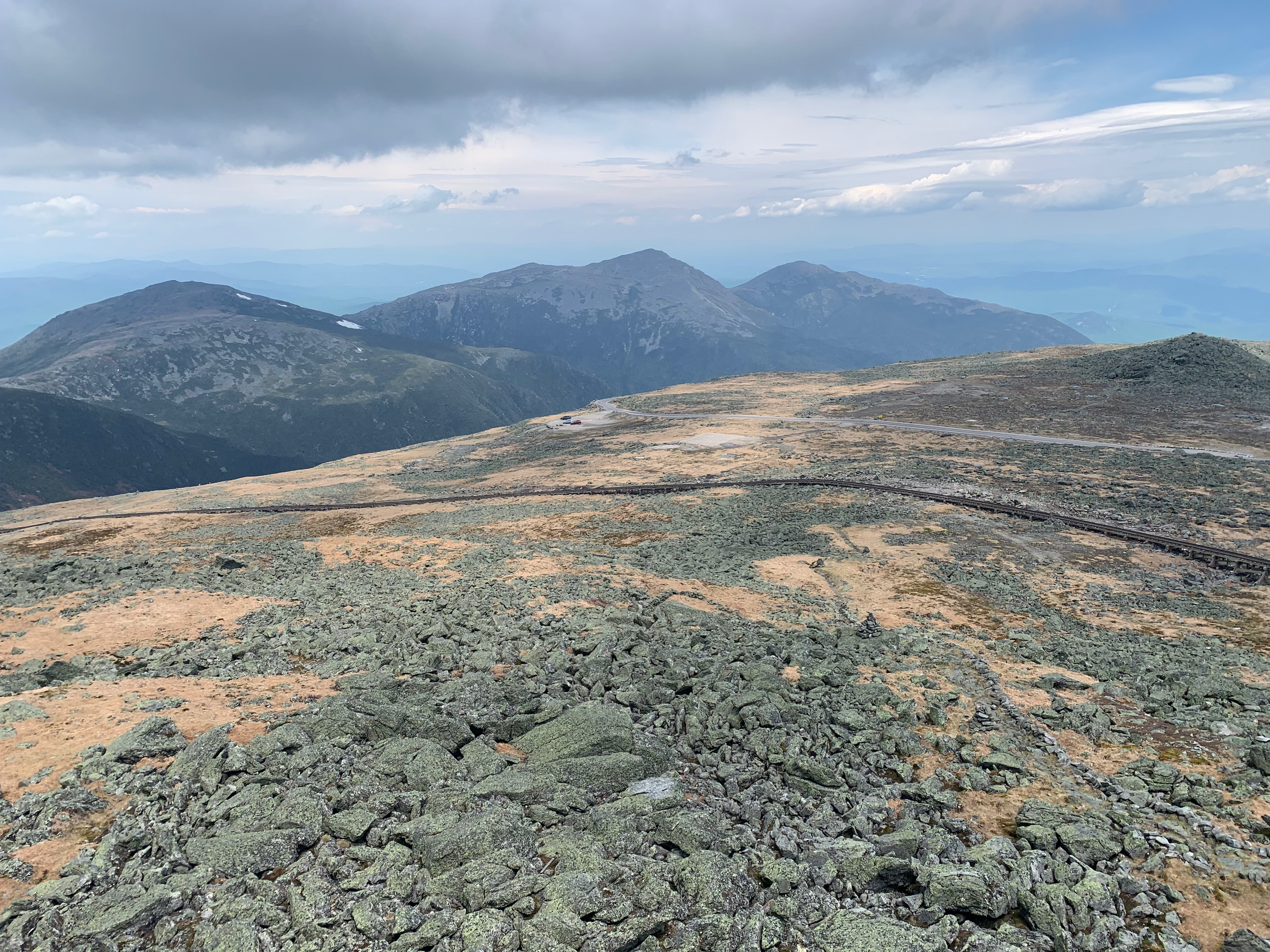Your Guide to Hiking Mount Washington
With its rocky, exposed summit, unique alpine ecosystem, and 360 views, it’s no wonder why Mount Washington is one of the most popular attractions in all of New England. In fact, this mountain gets over 250,000 visitors per year. There’s nothing like standing on what feels like the top of the world, viewing surrounding states in the distance, such as Maine and Vermont, and feeling the exhilarating wind blow through your hair.
At 6,288 feet, Mount Washington is the highest summit in the northeast. What’s more, this summit is known for receiving the worst weather in the world due to where it sits between the equator and north pole. In fact, the Mount Washington Observatory recorded the summit’s fastest known wind speed at 231 miles per hour on April 12, 1934—making it an exciting mountain to climb, but dangerous for the ill-prepared.
There are so many ways to experience the feeling of standing on top of this majestic mountain. Some people will drive up the Mt. Washington Auto Road, which was built as a carriage road in 1861. Others may opt to take the scenic Mount Washington Cog Railway, which was built eight years after the road. The cog can be heard from other mountains in the Presidential Range on a calm day. Oftentimes, hikers will see or hear the historic cog honking in the distance.
For those who aspire to tackle its summit with their own two feet, there are many different hiking trails that lead to the top. In 1819, Crawford Path, the first footpath to the summit of Mount Washington, was built by Abel Crawford and his son Ethan Allen Crawford, who were early settlers. Since then, several more trails have been built to the summit of Mount Washington that allow hikers to trek there by foot.
If you are ready to be rewarded with amazing views and a feeling of accomplishment, then here is your full guide to hiking Mount Washington.
The Best Mount Washington Hiking Trails
There are many different hiking trails that lead to the summit of Mount Washington. There is no easy way to summit this peak, but there are some that are more popular than others due to their direct route that experienced hikers would consider a lot easier than other trails. There are many different ways to connect trails and tag other peaks, such as by taking Crawford Path to the summit from the Crawford Notch, which also allows you to tag Mount Pierce, Eisenhower, and Monroe. For the most direct routes, here are the best hiking trails to the summit.
Jewell Trail: 9 miles out and back; rated difficult
Choo choo!
Crossing over the Cog Railway near the summit of Mount Washington.
Jewell Trail is a gradual, direct route to the summit of Mount Washington. It is a nine-mile, out-and-back trail that starts from the Cog Railway Station on Base Station Road. The trial becomes more technical above treeline but is a lot easier compared to other trails to the summit. It takes about seven hours for the average hiker to complete. You can also tag Mount Clay and Jefferson on this trail.
Ammonoosuc Ravine Trail: 8.2 miles out and back; rated difficult
Lake of the Clouds Hut
Arriving to the hut after popping up above treeline on Ammonoosuc Ravine Trail.
Ammonoosuc Ravine Trail is my favorite trail to the summit and one of the more popular ways to go. The trail gets pretty steep toward the end as you start to climb over its rocky ledges, but the views of the Ammonoosuc Ravine flowing down the mountain as you hike up is an unforgettable experience. Once you get above treeline, you’ll approach Lake of the Clouds Hut. From here, it’s worth tagging Mount Monroe first before heading up Crawford Path to the summit.
Tuckerman Ravine Trail: 7.6 miles out and back; rated difficult
You may have heard of Tuckerman Ravine, where brave and experienced skiers and snowboarders hike to the ravine and glide down its steep slope in the winter and spring. This steady trail passes by stunning waterfalls and climbs some rocky stairs into the ravine before heading to the summit. From Tuckerman Ravine Trail, you can also branch off to Lion Head Trail and summit that way as well, which is a popular route in the winter months. The ascent is very steep, so many hikers will go up Lions Head Trail and down Tuckerman Ravine Trail.
In addition, you could also make it a loop with Boott Spur Trail, which is a narrow, jagged trail that crosses over Boott Spur, a sub-peak between Mount Isolation and Washington. No matter which way you go, be prepared to scramble toward the end!
Huntington Ravine Trail: 7.9-mile loop; rated difficult
As the hardest and most dangerous trail in the White Mountains, Huntington Ravine Trail should only be attempted by very experienced adventurers. Many hikers who do Huntington Ravine will descend via Lions Head Trail back to Pinkham Notch. With Class 2 and Class 3 scrambling, this is the type of trail that gets your heart pounding. It is part of the Terrifying 25 and should only be attempted in dry conditions. If you love a daring adventure, then this is a fun one.
The Presidential Range
A view of Mount Madison, Adams, and Jefferson in the distance from Jewell Trail.
Where to Stay When Hiking Mount Washington
If you plan on hiking Mount Washington, there are many hotels, campgrounds, and other accommodations nearby. For a luxurious experience, I recommend checking out the Omni Mount Washington Resort while in the area. In addition, I enjoyed staying at the CoHo Hostel in Conway while hiking up north once, which is cheaper than most hotels. What’s more, The Glen House in Gorham has 4.7 stars and is only a 25-minute drive from Mount Washington State Park.
For campers, my favorite campgrounds in the area are White Birches Camping Park, which usually has plenty of available tent and RV sites, and Dolly Cop Campground, which books up quickly, so I suggest making a reservation months in advance. Other campgrounds nearby are Twin Mountain / Mount Washington KOA Holiday, Crawford Notch Campground, and Timberland Campground.
Is Mount Washington Open For Hiking?
Mount Washington is open year round for hiking. The best time to hike Mount Washington is in the early fall when colors are beginning to change and the summer crowds are dying down. Known for its unpredictable and intense weather, climbing Mount Washington in the winter should only be attempted by very experienced hikers.
What to Wear Hiking Mount Washington
For hiking Mount Washington, and any other hike, you should wear a comfortable pair or hiking boots, or trail runners during the warmers months, a hiking backpack, and clothes that wick away moisture and stay comfortable throughout the day. If you are wear short sleeves, your pack should have long sleeves. In addition, pack an insulated jacket, windbreaker, and the 10 essentials.
Other clothing items you should consider wearing or carrying are sunglasses, a hat, and gloves.
This is a general guideline for what to wear for hiking Mount Washington.Winter will require a lot more gear, such as snowshoes, microspikes, goggles, and much more.




